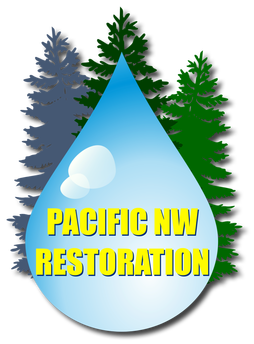|
A fire can wreak havoc on your Portland home, causing significant destruction, safety hazards, and emotional distress for you and your family. The damage from the flames, soot, and smoke, as well as the water used to extinguish the fire, can create a daunting recovery process. As a homeowner in the Portland area, understanding each step involved in restoring your fire-damaged home can help streamline the recovery process, lessen the burden on your family, and provide peace of mind in a challenging time. Pacific NW Restoration specializes in providing professional fire damage restoration services in Portland and Beaverton, guiding homeowners through the entire recovery process. In this blog, we will explore the critical aspects involved in restoring a fire-damaged home, from securing the property to professional cleanup, debris removal, remediation, and reconstruction. By understanding the roadmap to recovery, you can more effectively navigate the challenges of fire damage restoration and ensure the successful restoration of your property. Securing the Property and Assessing the DamageThe initial steps following a fire in your home are to secure the property and assess the damage. Taking immediate action can prevent further issues and facilitate a smoother restoration process. 1. Ensuring SafetyThe safety of you and your family is paramount. Ensure that everyone is accounted for and seek shelter elsewhere until the property has been thoroughly inspected and deemed safe to reenter. 2. Professional InspectionContact a professional fire damage restoration company, like Pacific NW Restoration, to conduct a thorough inspection of your property and assess the extent of the damage. This assessment will include evaluating structural stability and damage caused by flames, smoke, soot, and water. 3. Boarding Up and Property StabilizationTo secure your property, it may be necessary to board up windows, doors, and any other openings. Your chosen restoration company will also undertake necessary measures to stabilize the structure, ensuring its safety for the recovery process. Cleaning and Debris RemovalAfter securing the property, the cleanup process begins. The objective is to remove debris and salvage as many belongings as possible while mitigating the damage caused by smoke, soot, and water. 1. Debris RemovalRemoving charred debris, damaged materials, and other waste from the property is the first step in the cleanup process. This clears the way for further inspection and restoration efforts. 2. Water ExtractionIf water has been used to extinguish the fire, it is essential to extract it and dry the affected areas quickly. Pacific NW Restoration utilizes professional-grade equipment for efficient water extraction and drying, preventing mold growth and secondary water damage. 3. Soot and Smoke CleanupSoot and smoke residue can cause significant damage to your home and belongings if not addressed promptly. Your restoration team will use specialized cleaning techniques and products to remove soot and smoke residue from surfaces and materials. Remediation and RestorationOnce the cleanup process is complete, the focus shifts to addressing any lingering issues from the fire and initiating the restoration of your property. 1. Odor EliminationProfessional fire damage restoration services, like Pacific NW Restoration, have the necessary tools and techniques to eliminate unpleasant odors left behind by the fire, ensuring your home is once again safe and comfortable. 2. Material Restoration and ReplacementYour restoration team will work to repair and restore damaged materials where possible, such as drywall, flooring, and woodwork. When restoration is not feasible, the damaged materials will be replaced to return your home to its pre-fire condition. 3. Personal Belonging RestorationPacific NW Restoration's team will evaluate your personal belongings to determine which items can be salvaged and restored. When possible, they will clean and deodorize your possessions, ensuring they are safe to use again. Reconstruction and Return to NormalcyThe final stage of the fire damage restoration process is reconstructing your home and returning it to its original state, ensuring a safe and comfortable living environment for you and your family. 1. Rebuilding StructuresDepending on the extent of the damage, some parts of your home may require full reconstruction. Pacific NW Restoration offers comprehensive rebuilding services, as well as structural repairs to ensure the safety and integrity of your home. 2. Painting and Finishing TouchesOnce structural repairs and rebuilding are complete, the final touches are added: new paint on walls and ceilings, finishing carpentry work, and other necessary details to return your home to a comfortable living space. 3. Ongoing SupportPacific NW Restoration recognizes that the fire recovery process can have lasting emotional effects on homeowners. Their team is committed to providing ongoing support and guidance, ensuring a seamless transition back to normalcy. Final ThoughtsRecovering from fire damage can be a daunting and emotional journey for homeowners. Understanding the process and employing the services of experienced professionals, like Pacific NW Restoration, is essential in navigating the challenges ahead with confidence. By following the steps outlined in this guide, you can minimize the impact of the fire on your Portland home and return to a restored, comfortable living environment.
If your Portland home has been affected by fire damage, don't hesitate to contact Pacific NW Restoration. Our team of compassionate and experienced specialists is ready to guide you through the restoration process, providing you with the skills, knowledge, and support required to overcome this challenging time and return to normalcy. Contact us today to learn more about fire restoration in Beaverton!
0 Comments
Fire damage is a devastating event affecting millions of homes and businesses annually. The consequences of fire damage are far-reaching and can impact property owners emotionally and financially.
The aftermath of a fire can leave structures weakened, belongings destroyed, and even trigger emotional trauma for those who have experienced such a tragic event. While there are many negative impacts of fire damage, the most serious impact is the loss of life and long-term health consequences resulting from exposure to toxic smoke and soot. Loss of Life The most severe and urgent consequence of fire damage is the possible loss of human lives. The National Fire Protection Association (NFPA) reported that in 2019, more than 3,700 civilians in the United States lost their lives due to fires. Sadly, many of these deaths could have been avoided if appropriate fire safety measures, like working smoke detectors and fire escape strategies, were in place. Emphasizing fire prevention and readiness is crucial, as losing lives is the most heartbreaking result of fire damage. Health Consequences of Smoke and Soot Exposure In addition to the immediate danger of loss of life, one of the most severe long-term impacts of fire damage is the health consequences of exposure to toxic smoke and soot. Fires produce a complex mixture of gases, particulate matter, and other hazardous substances that can linger long after extinguishing flames. Exposure to these harmful contaminants can have lasting effects on the health of occupants and first responders. Smoke Inhalation During a fire, smoke inhalation is a significant concern, as it can lead to respiratory issues, eye irritation, and even death in severe cases. The toxic gases released during a fire, such as carbon monoxide and hydrogen cyanide, can quickly overwhelm an individual, leading to unconsciousness and, ultimately, death if exposure continues. Even after a fire has been extinguished, lingering smoke particles can still pose a risk to the health of occupants and first responders. Soot Exposure Soot refers to a fine black or brown dust that results from the incomplete burning of materials during a fire. This powder may contain harmful chemicals like polycyclic aromatic hydrocarbons (PAHs), heavy metals, and other dangerous substances. Soot particles can easily become airborne and accumulate on surfaces within a building, presenting a risk to occupants and emergency personnel. Coming into contact with soot can cause breathing difficulties, skin irritation, and other health issues, especially for individuals with conditions like asthma or allergies. Mental Health Impact The emotional toll of experiencing a fire cannot be understated. The loss of personal belongings, cherished mementos, and, in some cases, the loss of life can lead to feelings of grief, anxiety, and depression. It is essential for individuals affected by fire damage to seek support and professional mental health resources to help cope with the emotional aftermath of such a traumatic event. Conclusion Fire damage's evident and immediate effect is usually the physical destruction it causes. However, the most severe consequences are the loss of lives and the long-lasting health impacts of inhaling toxic smoke and soot. Property owners should focus on fire prevention and readiness to reduce these outcomes, including installing and maintaining smoke detectors, developing and rehearsing fire escape plans, and safely storing combustible materials. In a fire, it is vital to act promptly and adhere to safety procedures to safeguard yourself and others from the worst effects of fire damage. Pacific NW Restoration provides the highest quality, professional restoration Services for water damage, mold damage, and fire and smoke damage to customers throughout PDX. If you’re looking for a reliable fire damage company, contact us today! We're on call 24/7 in case of emergency. A house fire is a catastrophic event that can happen to anyone at any time, and the aftermath can be overwhelming.
After a fire, you may feel lost and unsure of what to do next. This guide will help you understand what to expect after a house fire and how to start the process of recovery. Immediately after the Fire The first thing you should do after a fire is to make sure that everyone in your home is safe. If you haven't already, call the fire department to ensure that the fire is completely out and that there is no risk of it starting again. Once the fire is out, the fire department will perform an investigation to determine the cause of the fire. During this time, you will not be allowed to enter your home. Once you are allowed back into your home, you should take photos of the damage for insurance purposes. You should also contact your insurance company and inform them of the fire. They will send out an adjuster to assess the damage and determine the amount of your claim. Cleanup and Restoration After a fire, your home will be left with a significant amount of damage. The cleanup and restoration process can be lengthy and expensive, depending on the extent of the damage. You should hire a professional restoration company to handle the cleanup and restoration of your home. They will have the necessary equipment and expertise to properly clean and restore your home. The restoration company will start by removing any debris and damaged items from your home. They will then begin the cleaning process, which includes removing any soot, smoke, and water damage. They will also deodorize your home to remove any lingering smoke smells. Replacing Your Belongings After a fire, you will likely have lost many of your belongings. This can be devastating, but it's important to remember that many of these items can be replaced. You should create a list of all the items that were lost in the fire, including their value. This will help you with your insurance claim. When replacing your belongings, it's important to take your time and make informed decisions. Make sure to purchase items that are similar in quality and value to the items that were lost. You should also take the time to properly store and organize your new belongings to prevent a future fire. Rebuilding Your Home If your home suffered significant damage in the fire, you may need to rebuild. This can be a lengthy and expensive process, but it's important to take the time to do it right. You should hire a reputable contractor who has experience in rebuilding after a fire. The rebuilding process will start with an assessment of the damage and a plan for the rebuild. Your contractor will work with you to ensure that the rebuild meets your needs and expectations. They will also ensure that the rebuild meets all local building codes and regulations. Preventing Future Fires After a fire, it's important to take steps to prevent a future fire from occurring. This includes installing smoke detectors and fire extinguishers in your home. You should also create a fire escape plan and practice it with your family. It's also important to understand the common causes of house fires and take steps to prevent them. This includes avoiding smoking in your home, keeping flammable materials away from heat sources, and properly maintaining your appliances. Conclusion A house fire is a traumatic event that can leave you feeling lost and overwhelmed. However, with the right mindset and support, you can start the process of recovery. Remember to focus on your safety first, then work with professionals to clean up and restore your home. Take the time to replace your belongings and rebuild your home properly. If you've experienced a house fire and need help restoring your home, Pacific NW Restoration can take care of everything for you. We are a fire damage contractor with expertise and equipment to help you recover from this devastating event and get your home back to its pre-fire condition. Get in touch with us today to learn how. A fire in a home can be devastating, leaving homeowners with significant damage to their property. Fire damage restoration is restoring a home to its pre-fire condition by removing debris, cleaning up smoke and soot damage, and repairing any structural damage.
It is a complex process requiring the expertise of professionals specializing in fire damage restoration. As there are many things to accomplish, homeowners should call restoration professionals. But which services should they expect? Here are some ideas. 1. Securing the House The first step in fire damage restoration is to secure the house. This involves boarding up any windows and doors damaged by the fire. This is done to prevent further damage from the elements, such as rain or wind, and to deter potential thieves from entering the property. The fire department may also have cut holes in the roof or walls to ventilate the home during the fire. These openings must be covered to prevent additional damage or theft. They should also ensure that the entire structure will fall quickly, especially after the supports have weakened. 2. Assessing for Damage The next step in fire damage restoration is to assess the extent of the damage. It includes inspecting the home's structure, the house's contents, and the damage caused by smoke and soot. They may also try to determine if the property is salvageable or needs a complete renovation, ensuring the homeowner's safety. A professional fire damage restoration company will use specialized equipment to determine the extent of the damage, which may include thermal imaging cameras to detect hidden pockets of heat, moisture meters to measure the moisture content in walls and floors, and air quality monitors to check for toxic fumes and gasses. 3. Removing Water and Drying If the fire is extinguished with water, the next step is to remove the moisture and dry the home. Water damage can cause mold growth and lead to structural damage if it is not addressed quickly. A fire damage restoration company will use pumps and vacuums to remove standing water, dehumidifiers, and fans to dry the house. The process may take several days, depending on the extent of the damage. 4. Cleaning Cleaning is one of the essential services homeowners must expect in restoring fire damage. Smoke and soot can cause significant damage to a home and, if left untreated, cause health problems for the occupants, especially respiratory disorders. A professional fire damage restoration company will use specialized equipment and cleaning agents to remove smoke and soot from walls, ceilings, floors, and furniture. They will also clean and deodorize the air ducts to remove lingering odors. 5. Restoration The final step in fire damage restoration is restoration. This involves repairing any structural damage to the home, such as replacing damaged drywall or flooring. It also includes replacing damaged or destroyed contents, such as furniture or appliances. A fire damage restoration company will work with the homeowner and their insurance company to restore the home to its pre-fire condition as quickly and efficiently as possible. Conclusion Fire damage restoration is a complex process that requires the expertise of professionals in this type of work. Homeowners must expect five services in fire damage restoration: securing the house, assessing for damage, removing water and drying, cleaning, and restoration. Acting quickly after a fire is essential to prevent further damage and start restoration as soon as possible. A professional fire damage restoration company can help homeowners navigate this difficult time and restore their homes to their pre-fire condition. If you're facing water damage, flood damage restoration, or mold remediation issues in PDX, don't worry – Pacific NW Restoration is here to help. We're a top-rated water damage company that provides professional restoration services to customers in the Pacific Northwest. Our team is available 24/7 in an emergency, so you can count on us to be there when you need us most. Contact us today to learn more about our services and how we can help restore your property to its pre-damage condition. The effects of smoke damage on house structure and health are often underestimated. Smoke damage can lead to a wide range of issues, including structural damage to the building, health issues for inhabitants, and the need for extensive repairs and clean-up.
Smoke damage can occur in all types of buildings, including residential and commercial, and can be caused by various sources. By exploring the effects of smoke damage and the steps needed to repair and clean up the damage, this article will provide an in-depth look at the impact of smoke damage on house structure and health. The Effects on House Structure Smoke damage can have a major effect on the structure of a house. Smoke affects the structural integrity of many materials found in a home, including walls, ceilings, insulation, and electrical wiring. The acidic nature of smoke can cause corrosion and etching of these materials, leading to warping, discoloration, and degradation of the property. In addition, smoke can damage flooring materials, leaving them weak and unstable. Smoke damage can also cause electrical hazards such as sparking and arcing, leading to potential fire hazards. It is crucial to address smoke damage quickly to prevent further damage and safety risks. The Effects on Health Smoke damage in the home can have severe consequences for the health of the occupants. The smoke particles, ash, and soot can contain various chemicals and toxins, leading to respiratory illnesses, skin irritations, and other health issues. Inhalation of smoke can cause coughing, wheezing, and difficulty breathing. The smoke particles can also contain cancer-causing agents and other toxins, which can cause long-term health issues. Exposure to smoke can cause eye irritation, headaches, and dizziness. The smoke particles can damage the delicate tissues of the eyes. In addition, smoke damage in the home can cause asthma and allergies to worsen and can lead to an increased risk of developing respiratory illnesses. Smoke damage in the home can also lead to an increased risk of developing cancer. It is essential to clean up and address smoke damage as soon as possible to reduce the risk of health problems. The importance of Smoke Damage Repairs The effects of smoke damage to a house structure and the health of its occupants can be devastating. Smoke damage can cause structural deterioration, discoloration, and odors that can last a long time. Additionally, smoke particles can contain a variety of hazardous compounds that can harm the health of those who are exposed to them. Consequently, it is vital to address smoke damage as soon as possible by repairing any structural damage and removing the smoke particles to protect the occupants. Smoke damage repairs involve various techniques and procedures to restore the house to its pre-smoke condition. This includes cleaning and sanitizing all surfaces, removing soot and smoke particles from the air, and replacing any materials damaged by the smoke. Additionally, any affected areas should be inspected to determine if there is any further damage that needs to be addressed. Proper smoke damage repairs will help protect the occupants and restore the house structure to its original condition. Conclusion Addressing smoke damage is a complicated and tedious process that requires the help of a professional to ensure the safety of the affected area. It requires thoroughly cleaning, removing damaged items, and applying special cleaning products. It is important to remember that smoke damage can cause serious health risks and should be taken care of as soon as possible. As such, it is important to ensure that you contact a professional as soon as you notice smoke damage in your home or business. Doing so can protect yourself and your family from the potential risks associated with smoke damage and restore your home or business to a healthy and safe environment. If you are looking for a fire damage contractor, rely on Pacific NW Restoration. We provide the highest quality, professional restoration services for water damage, mold damage, and fire and smoke damage to customers throughout Beaverton. We're on call 24/7 in case of emergency. Contact us! Fires can cause devastating damage to people's homes and lives. However, the effects of a fire can extend far beyond the physical destruction of property. Fires can also have a lasting impact on the health of those affected by them. Exposure to smoke, soot, and other hazardous substances released during a fire can have a significant impact on the health of those exposed.
It is important for those affected by fire to be aware of the potential health risks associated with it. Here are some dangerous health risks you should be watching out for. 1) Skin & Eye Irritation Skin and eye irritation are two of the most common health risks associated with fires. Exposure to smoke and soot can cause skin irritation, redness, and itching. Inhaling smoke can cause eye irritation, burning, and watery eyes. Smoke can also irritate the respiratory system, resulting in coughing and difficulty breathing. It is important to seek medical care if symptoms of the skin or eye irritation persist after a fire. 2) Exposure to Harmful Chemicals Exposure to hazardous chemicals is one of the most alarming health risks after a fire. Smoke from burning materials can contain a range of toxic chemicals that can cause serious health problems if inhaled or ingested. These chemicals can include carbon monoxide, hydrogen cyanide, and polycyclic aromatic hydrocarbons, which can cause respiratory problems, skin irritation, and other long-term health problems. Therefore, it is important to ensure that the area is adequately ventilated and that any remaining smoke is cleared away as quickly as possible to prevent exposure to these dangerous chemicals. 3) Lung Exposure Lung exposure is one of the most serious health risks you could be under after a fire. Smoke from a fire contains a variety of toxic gasses and particles that can cause serious respiratory problems when inhaled. Smoke inhalation can lead to lung irritation, asthma attacks, chronic obstructive pulmonary disease, and even lung cancer in some cases. To minimize the health risks of lung exposure, it is important to avoid breathing in smoke from a fire and to seek medical attention as soon as possible if you have been exposed. 4) Breathing Issues Breathing issues can be one of the most concerning health risks after a fire. Smoke inhalation can cause respiratory distress, asthma, and even long-term breathing problems. It is important to seek medical attention as soon as possible after a fire to ensure that any breathing issues are addressed and treated. Inhaling too much smoke can lead to serious health complications, so it is important to be aware of how your body is feeling and seek help if necessary. 5) Chronic Health Effects Chronic health effects are long-term health problems that can develop after a fire. These can include respiratory illnesses, mental health problems such as depression and anxiety, and even cancer. Inhaling smoke and other toxins during a fire can cause damage to the lungs, leading to chronic respiratory illnesses such as asthma, chronic bronchitis, and emphysema. In addition, the psychological trauma of experiencing a fire can lead to long-term mental health problems. Conclusion Fire can have a devastating impact on the health of people and the environment. In addition to immediate physical injuries, fires can cause long-term health effects such as respiratory illnesses, mental health problems, and even cancer. Make sure your home doesn't bear any residual effects of the fire with the help of Pacific NW Restoration. We offer fire damage repair services to keep you and your family safe and healthy. Get in touch with us today to learn how. |
Archives
July 2024
Categories |
HOME | SERVICES | ABOUT US | SERVICE AREA | FAQ | CONTACT US
PACIFIC NW RESTORATION
7275 SW 195th Avenue #201
Beaverton, Oregon 97007-5524
503-444-8909
[email protected]
www.PortlandWaterDamageRestoration.com
Beaverton, Oregon 97007-5524
503-444-8909
[email protected]
www.PortlandWaterDamageRestoration.com
PACIFIC NW RESTORATION IS FULLY LICENSED, BONDED & INSURED
OREGON C.C.B. #218307
Copyright @ 2017 | Pacific NW Restoration | All Rights Reserved

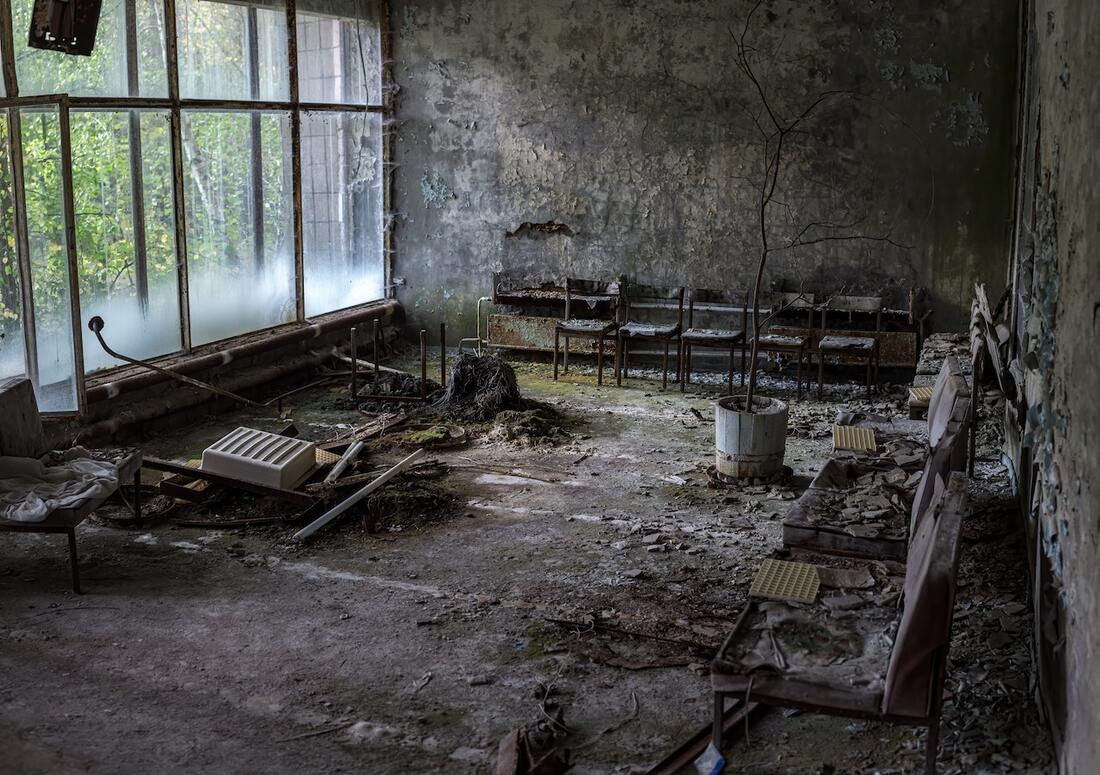
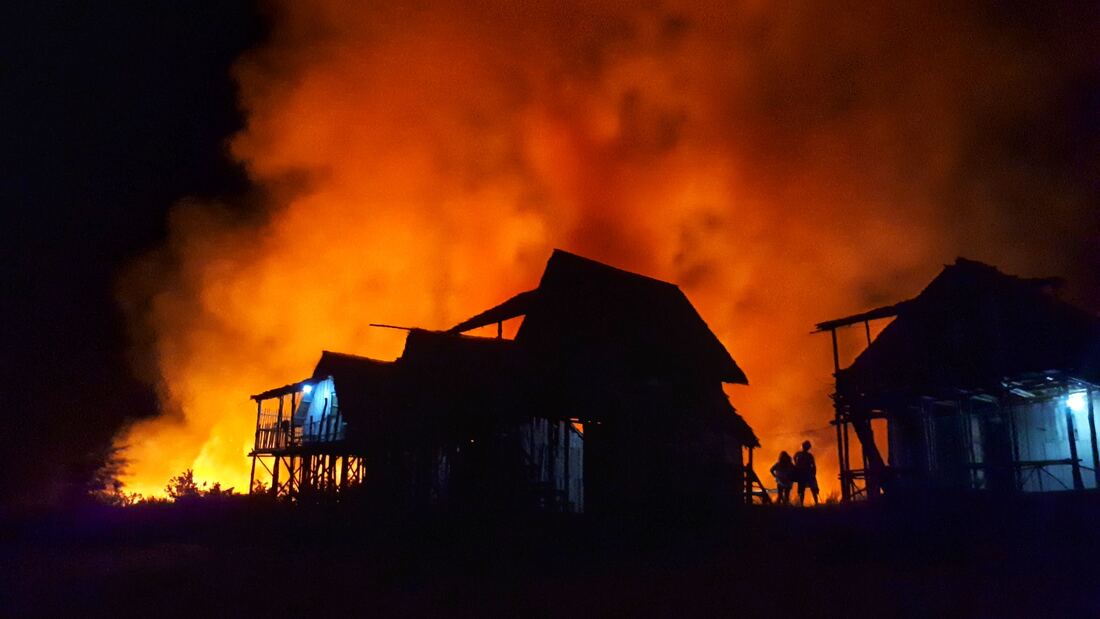
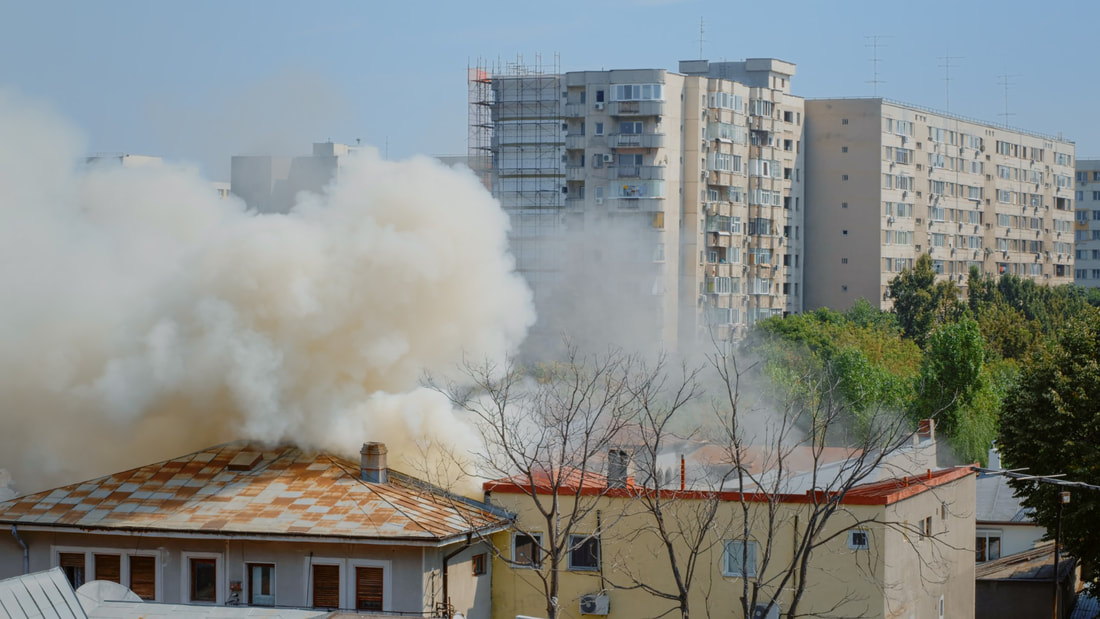
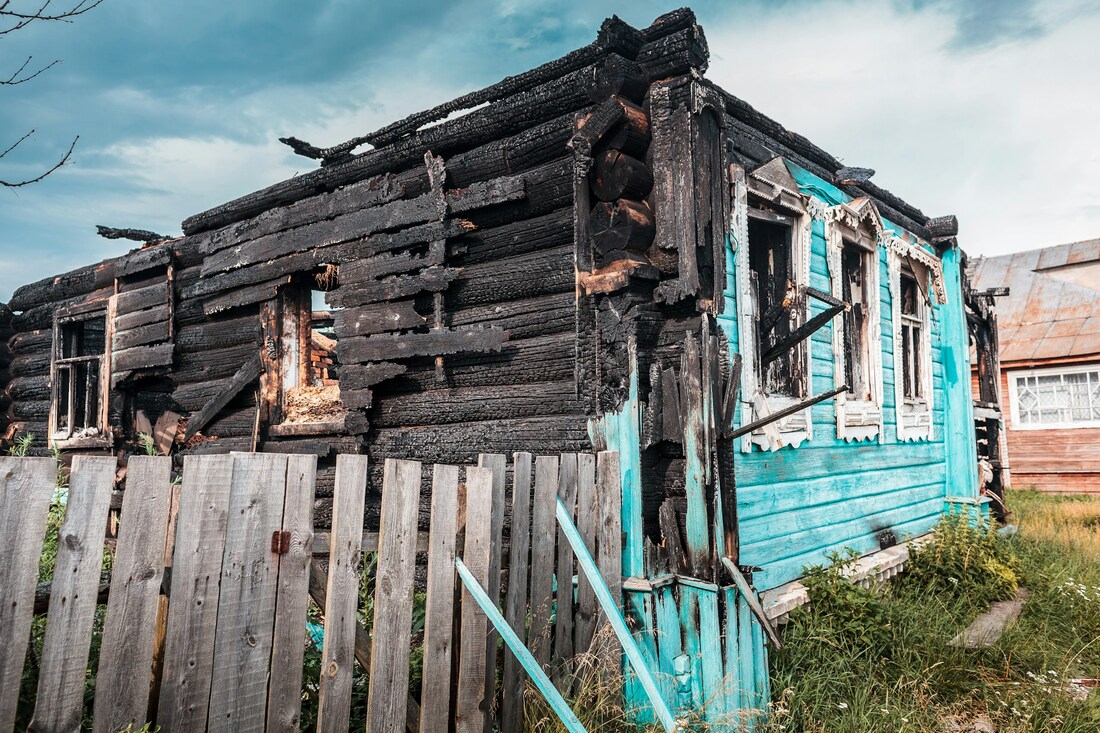
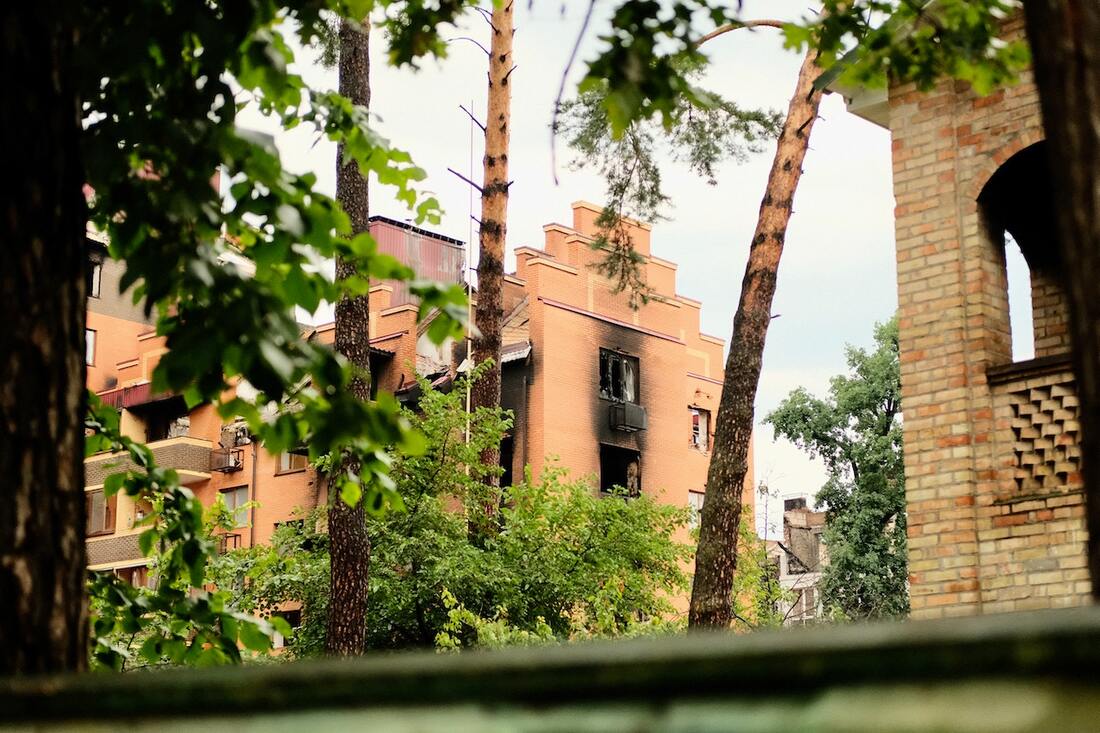
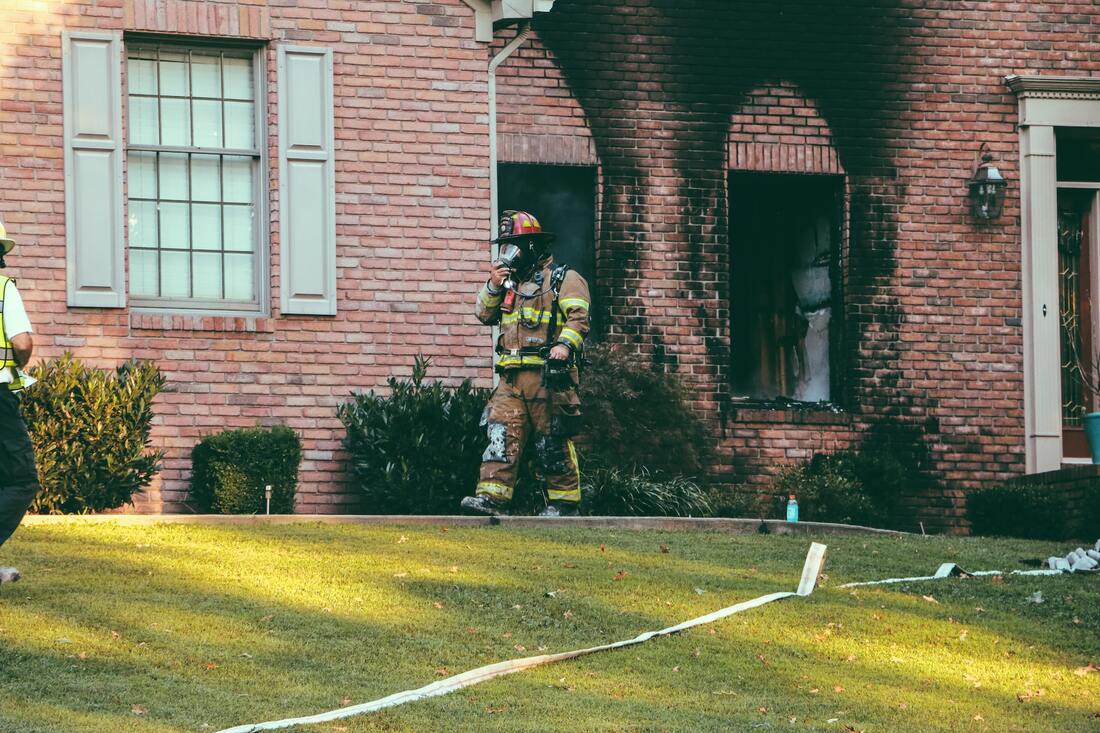
 RSS Feed
RSS Feed
